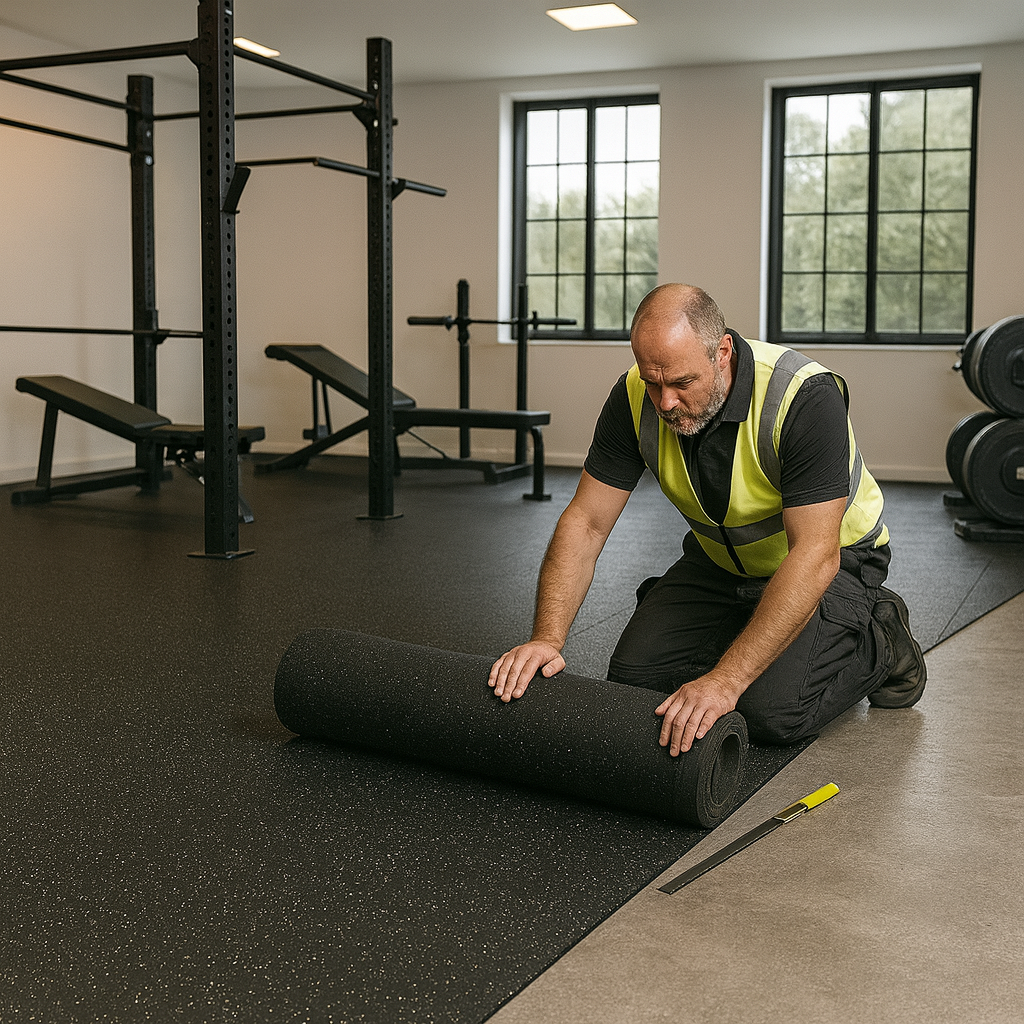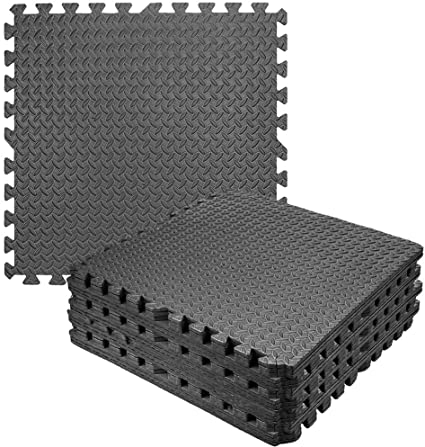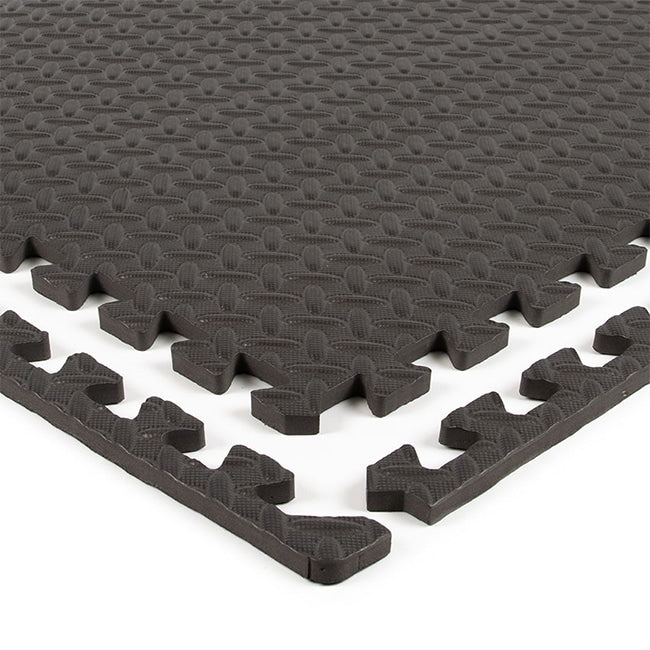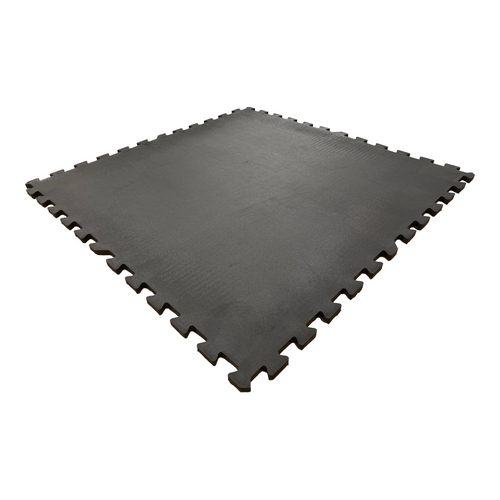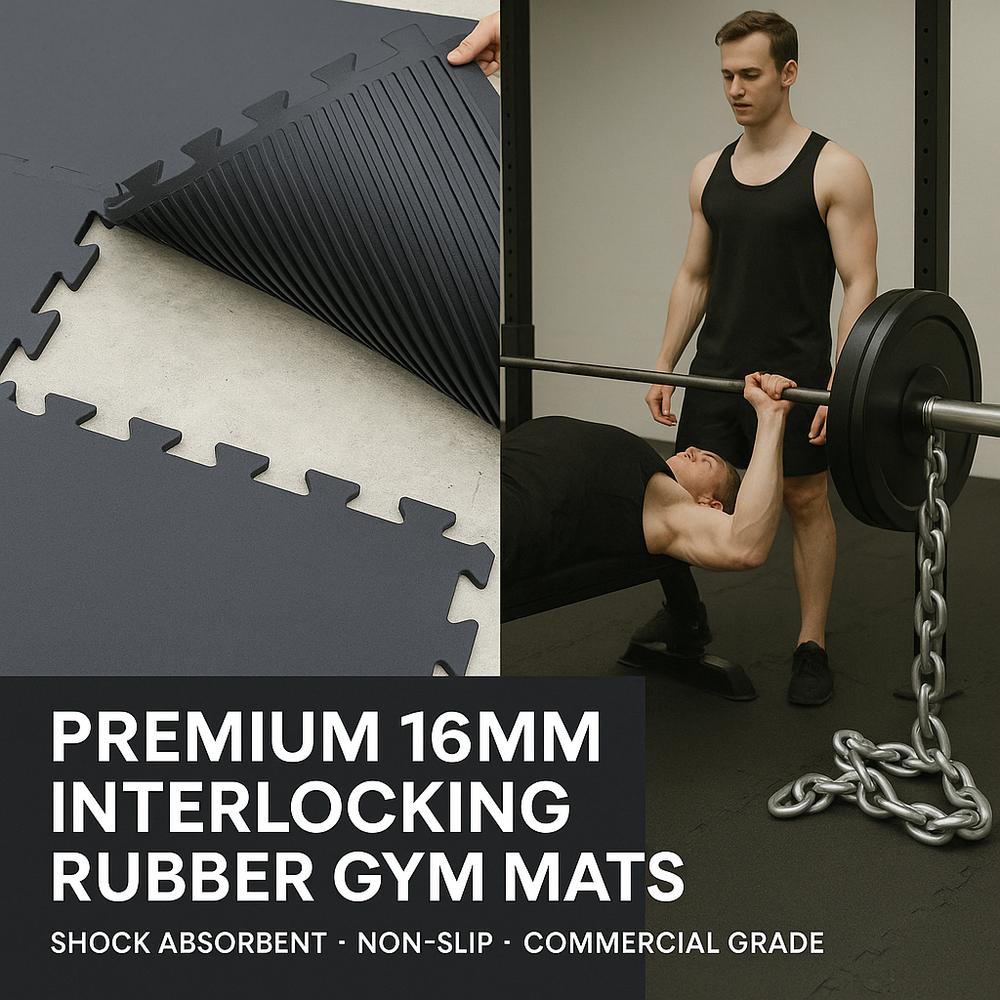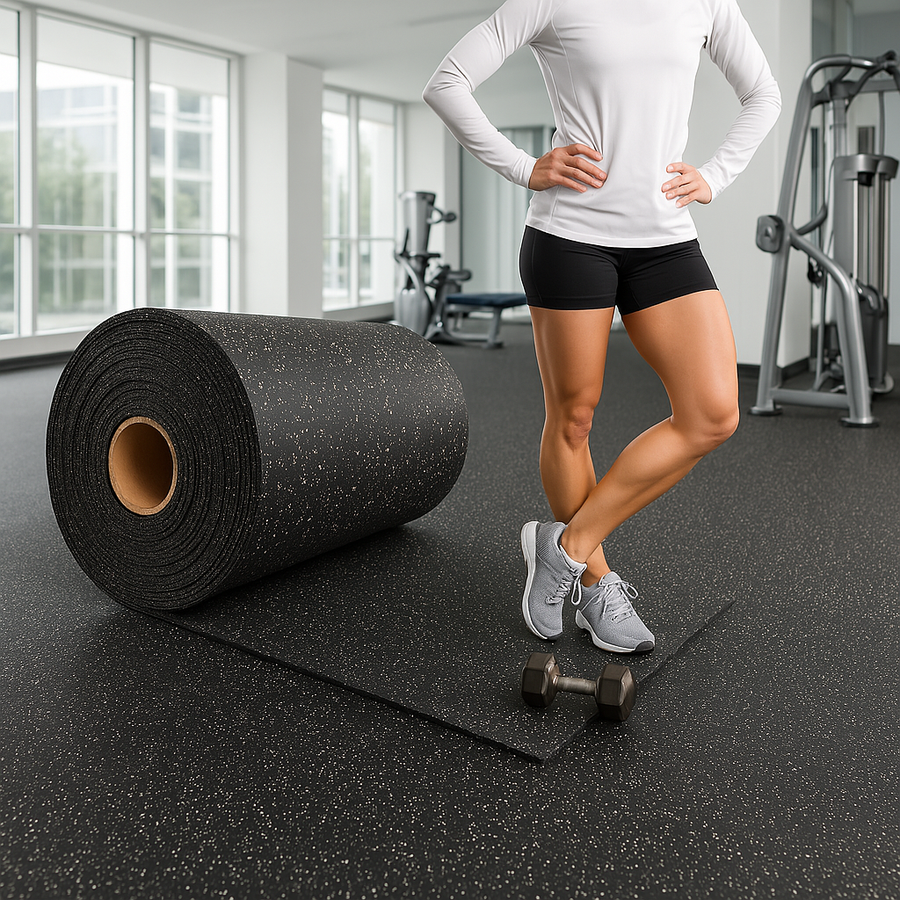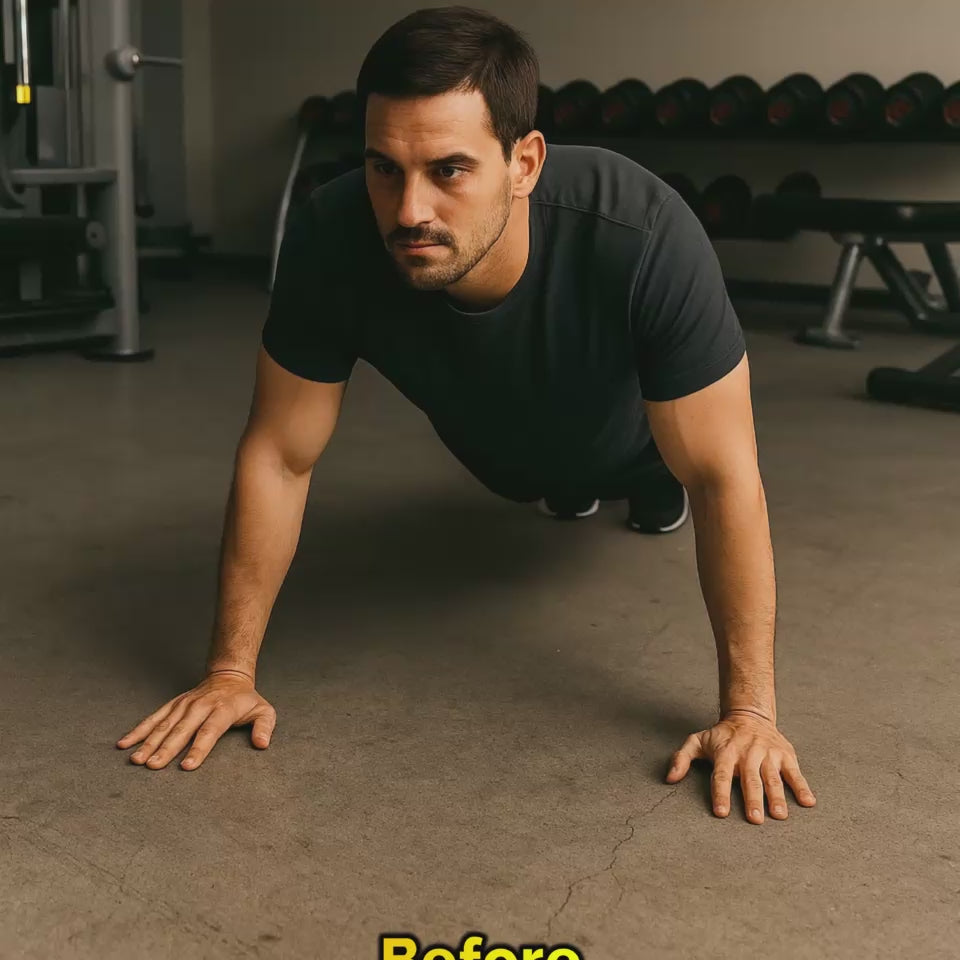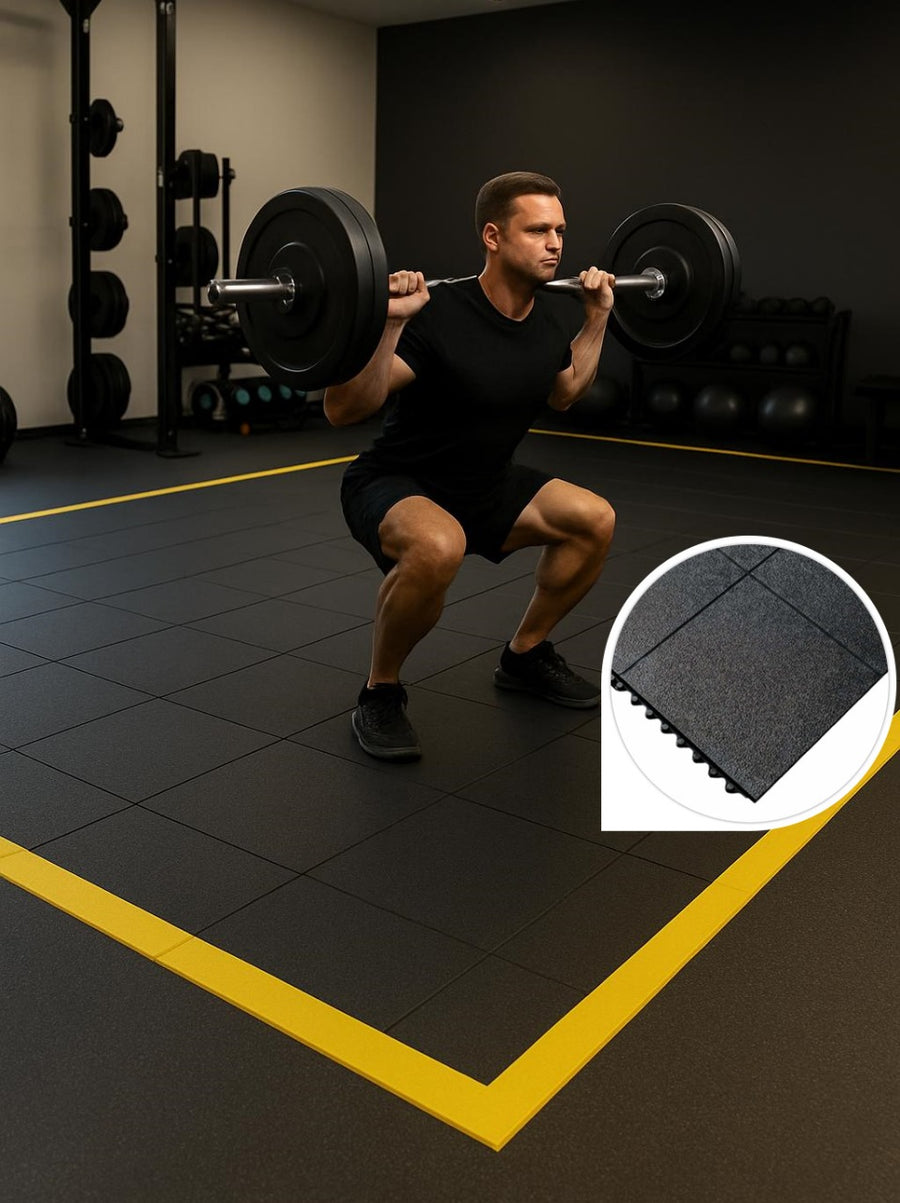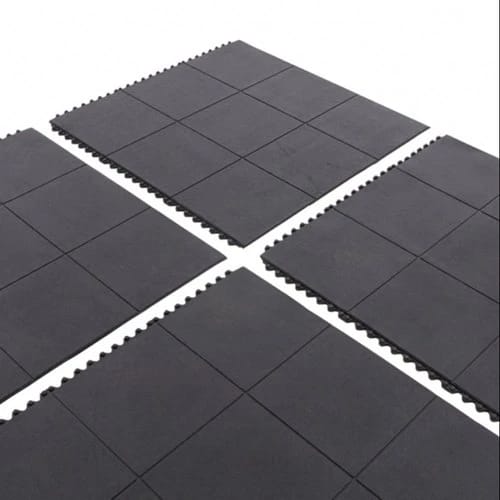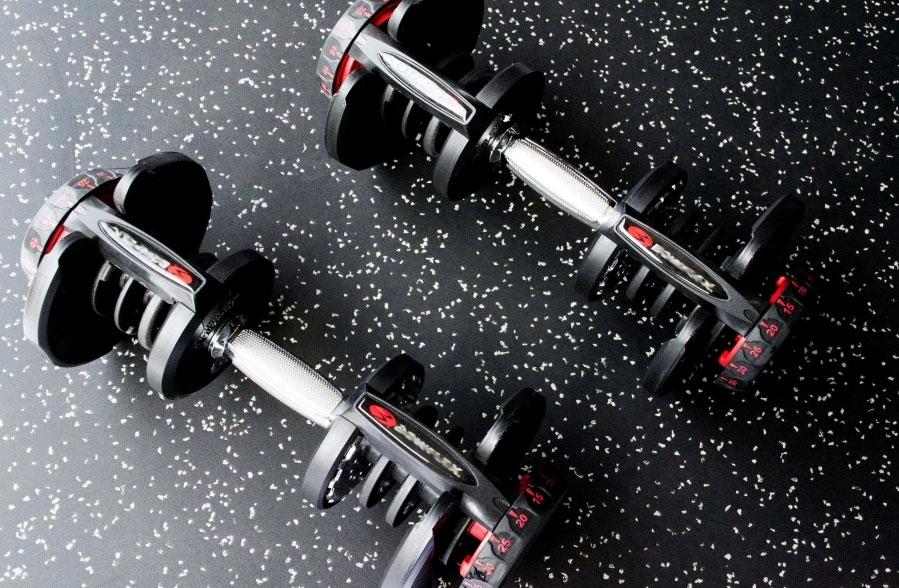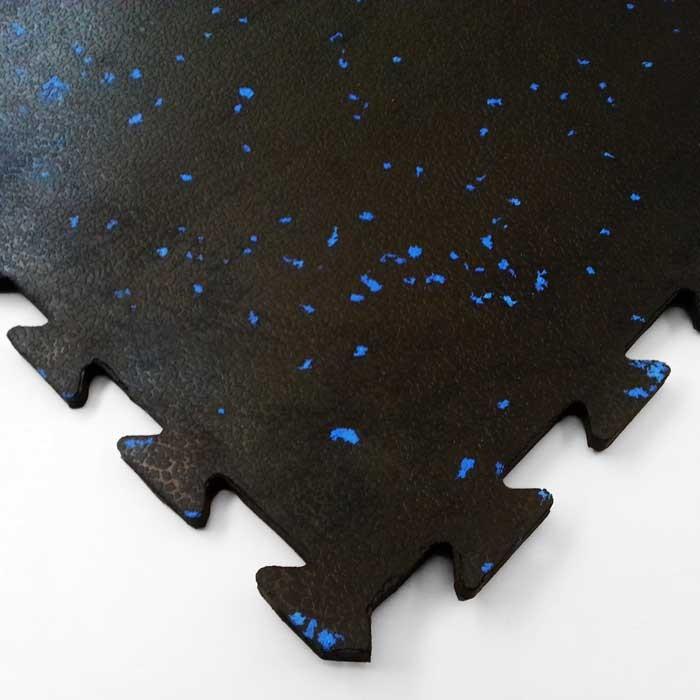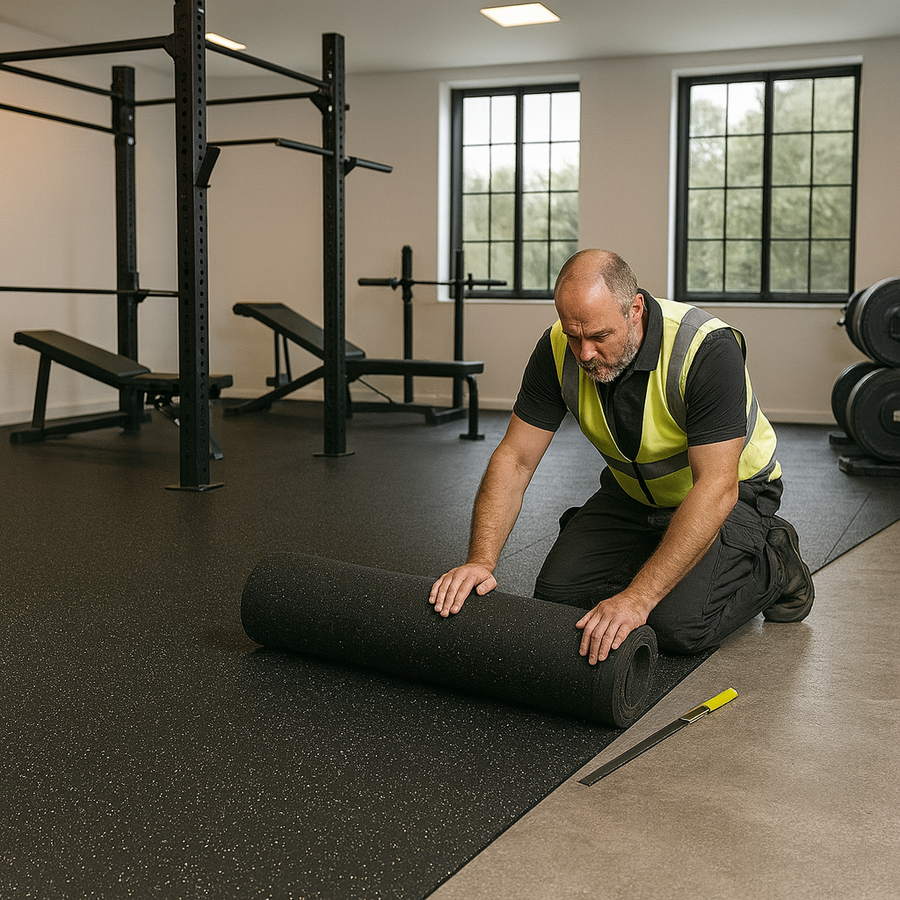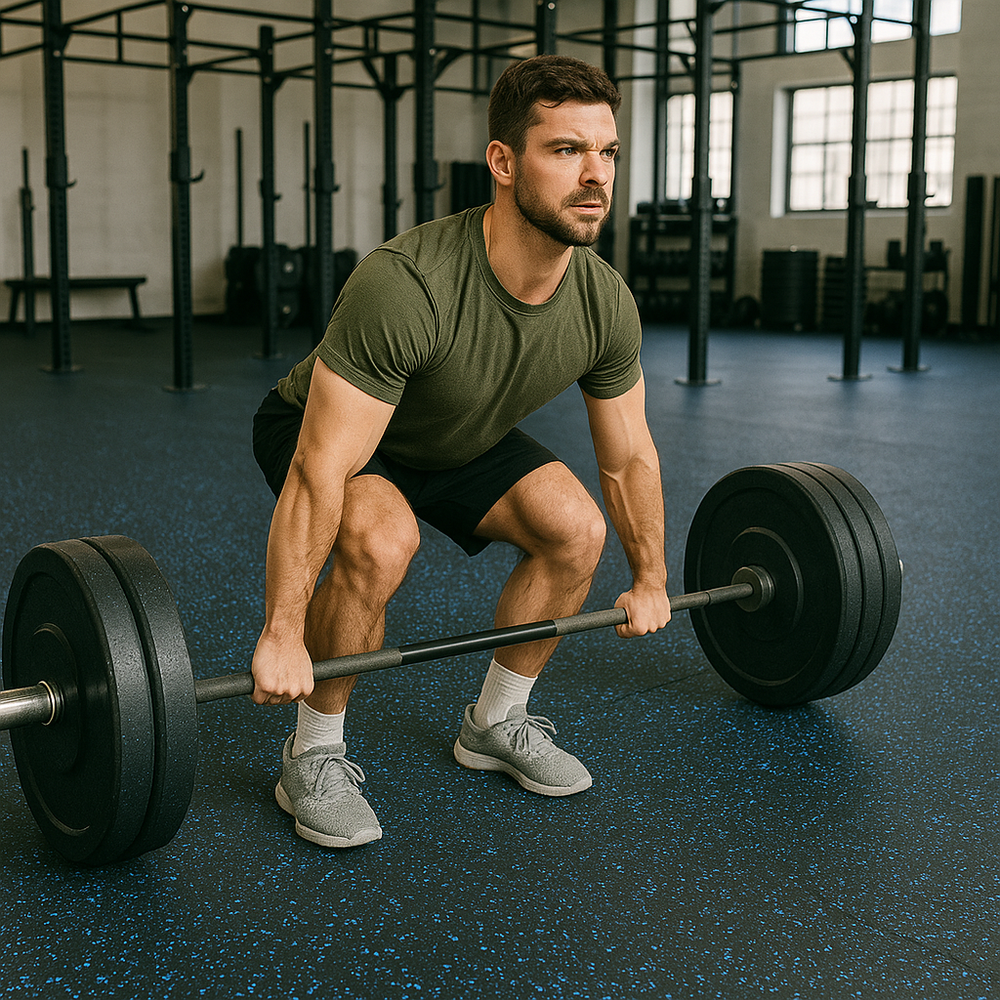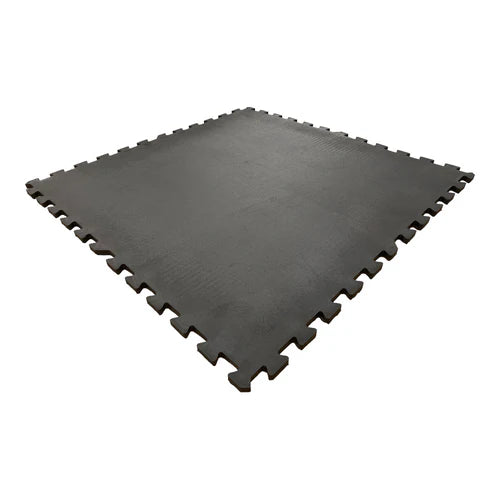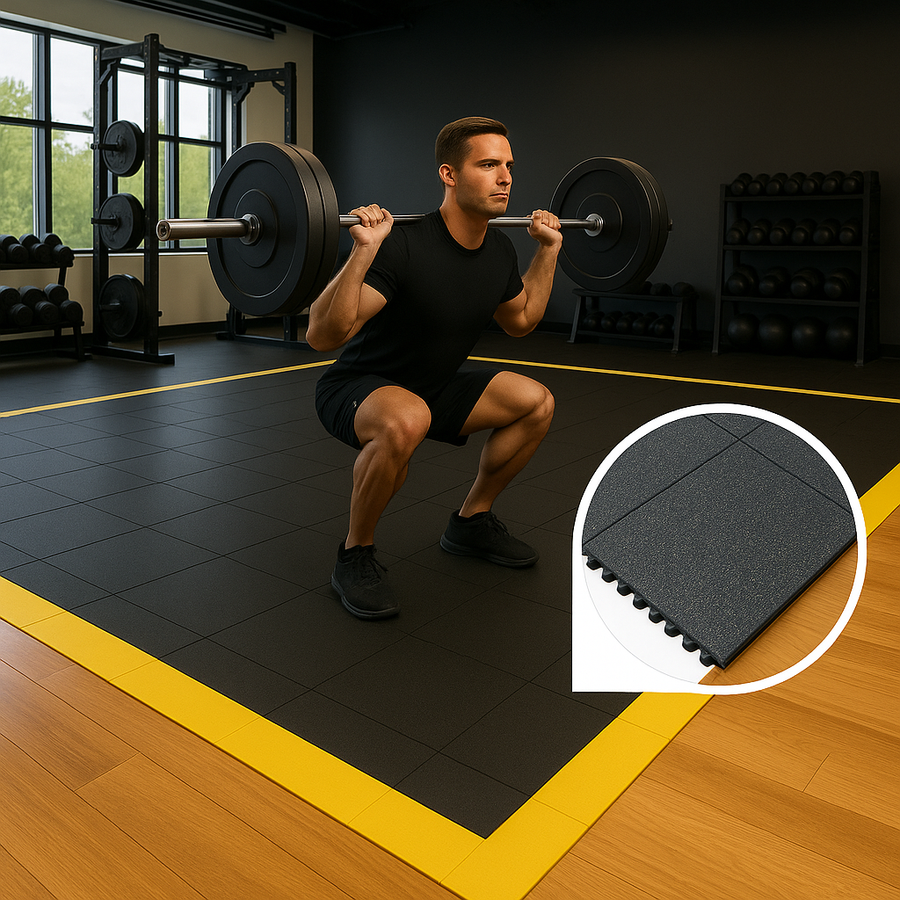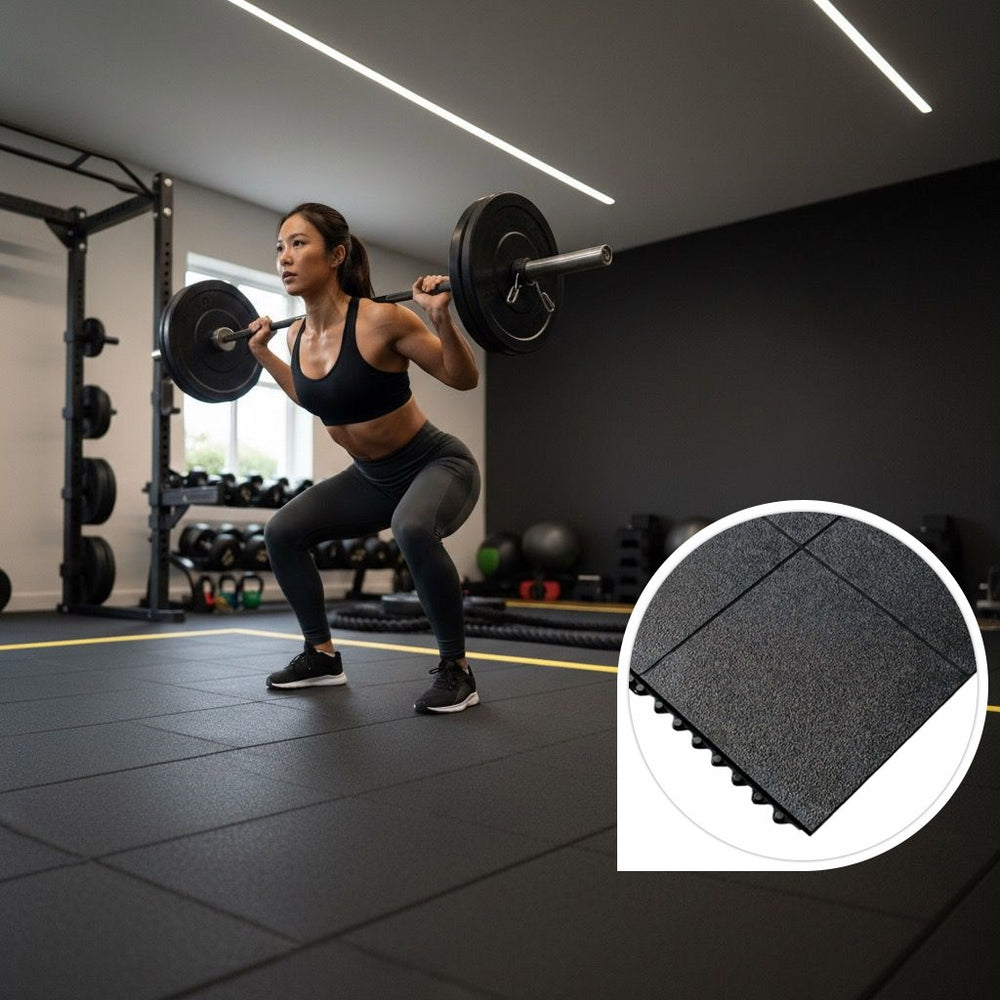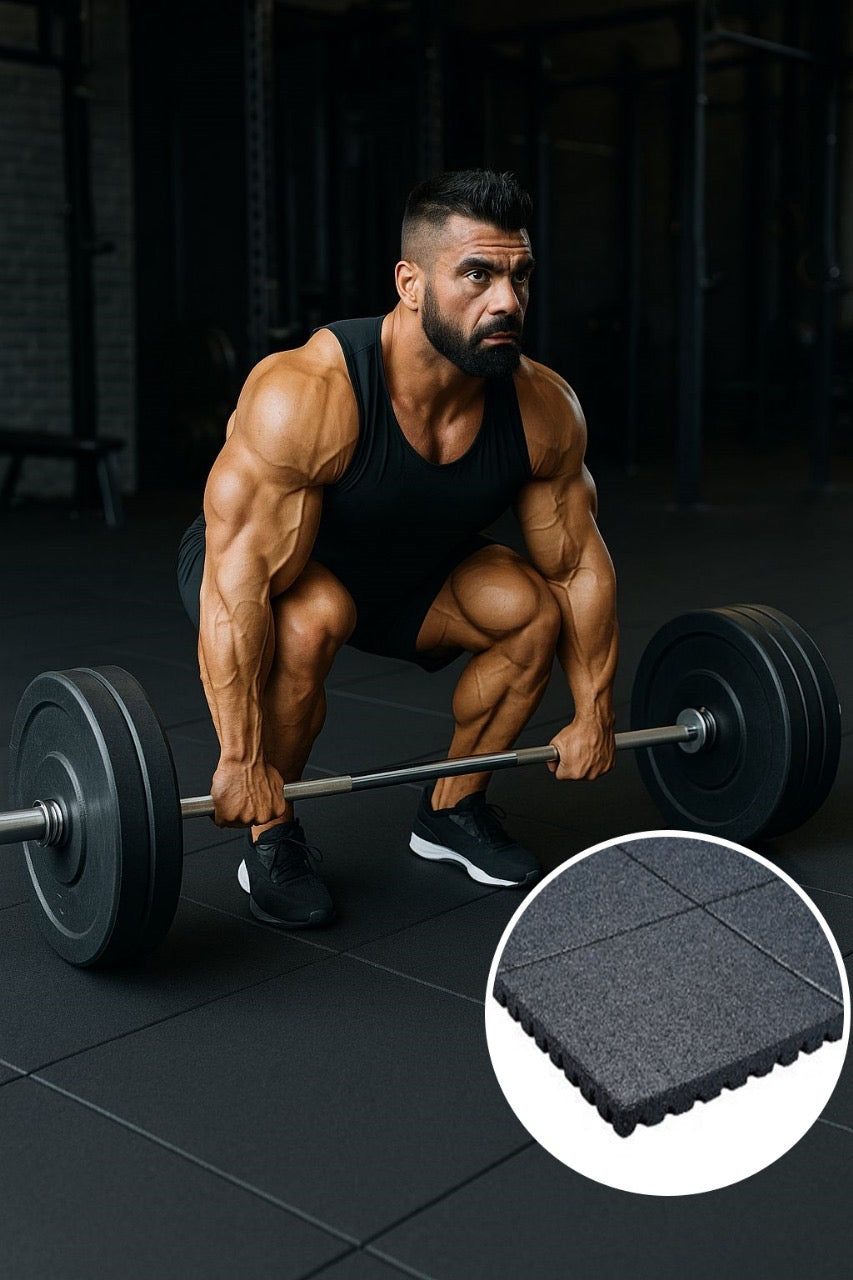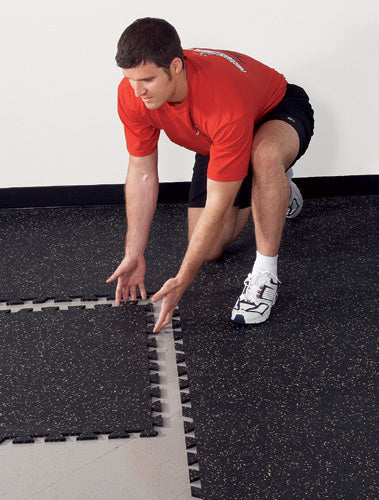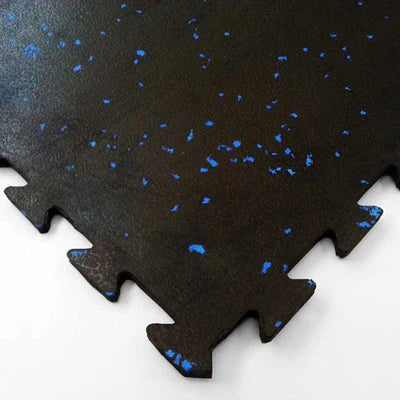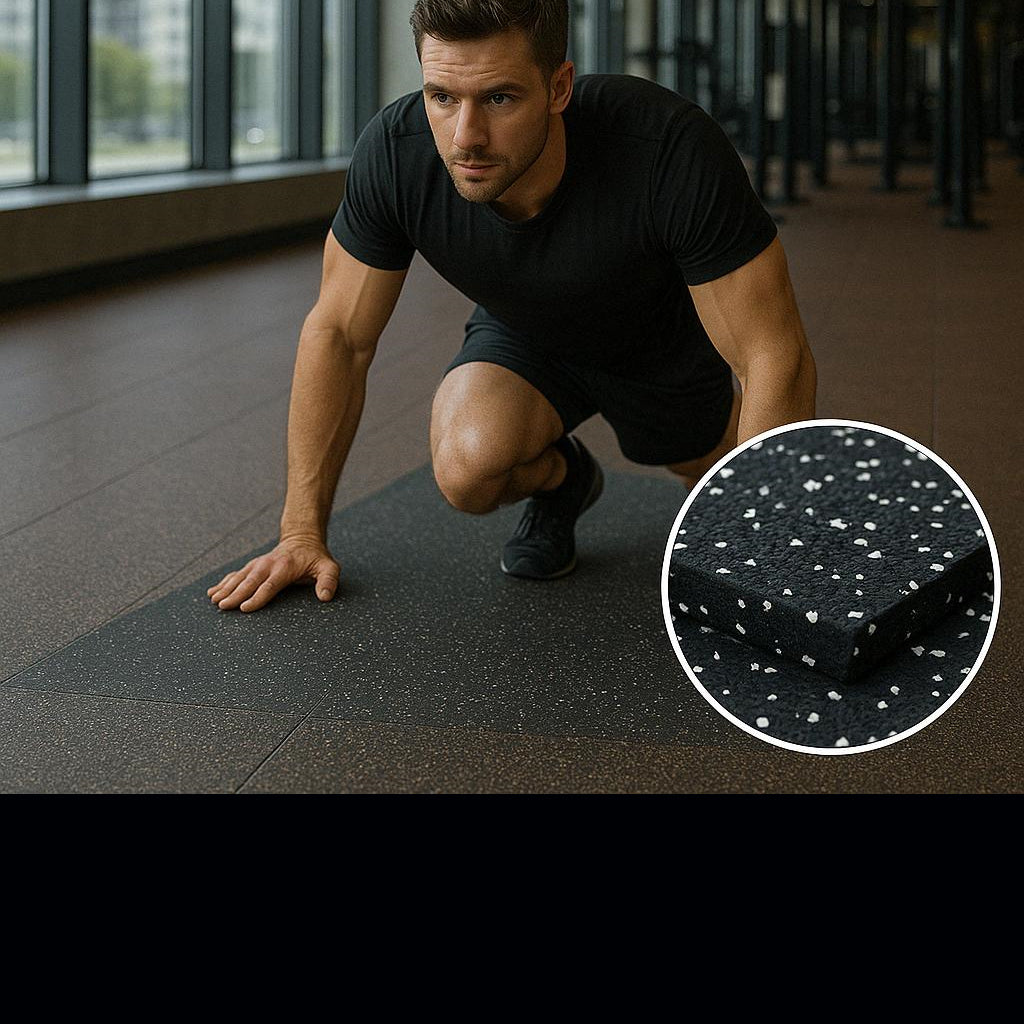
Protect your floors and enhance comfort with high-quality gym mats designed for all types of workouts. Ideal for home and commercial gyms, they offer excellent shock absorption and grip. Gym mats reduce noise, prevent slipping, and support intense training sessions. Easy to clean and maintain for everyday use. Choose gym mats for a safe, durable, and versatile fitness solution.
Why Gym Mats Are Essential for a Safe and Comfortable Workout Environment
When setting up a home gym, fitness center, or even a personal workout space, gym mats are an essential addition that should not be overlooked. These versatile mats serve as a fundamental piece of equipment, offering numerous benefits that enhance safety, comfort, and overall workout performance. Whether you're performing yoga, stretching, bodyweight exercises, or engaging in more intense routines, gym mats provide the foundation for a productive and injury-free training session.
Key Benefits of Gym Mats
1. Impact Absorption for Joint Protection
One of the primary functions of gym mats is to provide cushioning that helps absorb impact during various exercises. Whether you're doing floor exercises like push-ups, sit-ups, or planks, or participating in high-impact activities such as jumping or running, gym mats serve as a buffer between your body and the hard floor. This shock absorption reduces strain on your joints, such as your knees, hips, and spine, helping to prevent long-term injuries. By softening the impact of each movement, gym mats promote better joint health, allowing you to work out more comfortably and for longer periods.
2. Enhanced Traction for Stability and Safety
Safety is a crucial consideration in any workout space. Slips and falls can quickly derail a fitness routine, leading to injuries. Gym mats are designed with non-slip surfaces that provide excellent traction during exercises. Whether you’re practicing yoga, lifting weights, or doing floor-based stretches, the mats create a stable surface that enhances your grip and prevents sliding, even when sweat accumulates. The added stability gives you the confidence to perform more dynamic movements safely, reducing the risk of accidents during intense routines.
3. Noise Reduction for a Quieter Workout Environment
A quieter workout environment can make your training experience more enjoyable and focused. Gym mats help dampen noise by absorbing sound, particularly when weights are dropped or during high-impact exercises like jumping. In spaces where multiple people are working out at once, gym mats can significantly reduce distractions and create a calmer atmosphere, allowing you to concentrate on your workout. This feature is especially valuable in home gyms or apartment buildings, where noise can travel and disturb others.
4. Floor Protection and Longevity
Gym mats also serve as a protective layer for your floors, preventing damage from heavy equipment, dropped weights, or abrasive movements. Whether you’re working out on hardwood floors, tile, or carpet, gym mats shield your flooring from scuff marks, dents, and scratches. This makes them a cost-effective solution for extending the life of your floor while creating a more durable, stable surface for your exercises.
5. Portability and Easy Storage
Another major benefit of gym mats is their portability. Unlike bulky gym equipment or fixed flooring, mats are lightweight and easy to roll up or fold for storage. This makes them an excellent choice for multi-use spaces or smaller home gyms, as they can be easily stored when not in use. Gym mats can also be transported to different areas for group fitness classes or personal training sessions, offering flexibility in configuring workout spaces to suit your needs.
6. Versatility for Various Fitness Routines
Gym mats are incredibly versatile, making them suitable for a wide variety of exercise routines. They are commonly used for:
- Yoga and Pilates: Offering comfort and stability for poses, stretches, and floor movements.
- Bodyweight Exercises: Providing cushioning for exercises like sit-ups, push-ups, planks, and burpees.
- Strength Training: Protecting the floor from heavy weights while giving you a stable surface for lifting.
- Cardio Workouts: Providing a comfortable surface for jumping jacks, burpees, or other high-intensity exercises.
- Stretching: Creating a comfortable space for flexibility exercises and post-workout cooldowns.
Given their adaptability, gym mats can easily accommodate a range of fitness activities, making them an indispensable tool for every type of workout.
7. Easy to Clean and Maintain
Maintaining cleanliness in a gym setting is important for hygiene and overall comfort. Gym mats are designed to be easy to clean and maintain. Many mats have a wipeable surface, and a quick cleaning with a damp cloth or mild detergent is often sufficient to keep them looking fresh and sanitary. The durable materials used in gym mats are resistant to dirt, sweat, and stains, ensuring they stay functional and attractive over time.
Materials and Customization Options
Gym mats come in a variety of materials, each designed to meet different fitness needs. Some of the most common materials include:
- PVC: Lightweight and affordable, perfect for home gyms and lighter workouts.
- Rubber: Extremely durable and resistant to wear and tear, often used in commercial gyms or high-impact areas.
- Foam: Soft and cushioned, ideal for yoga or Pilates, providing extra comfort during floor-based exercises.
- TPE (Thermoplastic Elastomer): Eco-friendly and non-toxic, TPE mats are durable, cushioned, and provide excellent grip for all types of exercises.
Additionally, gym mats come in various sizes, thicknesses, and colors, allowing you to customize your workout space to fit your personal preferences. Thicker mats offer extra cushioning for high-impact activities, while thinner mats may be sufficient for yoga or light stretching.


